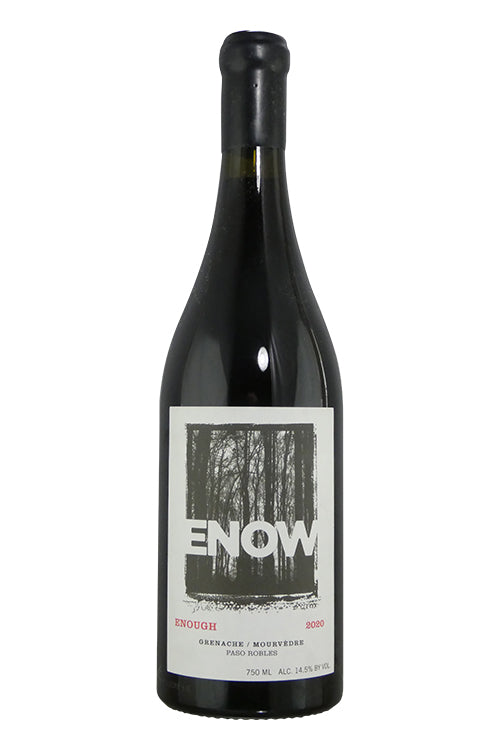1
/
of
1
Clarice Enow Enough Grenache / Mourvèdre - 2020 (750ml)
Clarice Enow Enough Grenache / Mourvèdre - 2020 (750ml)
Regular price
$74.99
Sale price
$74.99
Regular price
$82.99
Unit price
/
per
Availability:
2 In Stock
$25 Shipping on Orders +$299
Couldn't load pickup availability
Share :

- varietal
- Region
- Type
- Reviews
Grenache has claims to have originated in Spain and Sardinia where it is known as Garnacha and Cannonau respectively. No matter where it originated this sun-loving grape has spread with great popularity across the world. The grape’s compatibility with regions that offer long sunny summers ensures a high build up of sugars and conversely low acidity. This and its soft tannin make it a great blending grape with firmer, more structured varieties such as Syrah and Mourvedre to form the trio blend often called GSM. Grenache is frequently grown alongside its blending partners in the esteemed regions of Chateauneuf-du-Pape in the Rhone valley and accross South Australia. Unlike a lot of other varieties Grenache needs relatively little attention and is quite happy to be left on poor, unirrigated soils. Because of this hearty nature, pockets of old, neglected, but still productive vines have been found around the world. With enough pruning, these old vines yield small amounts of intense fruit with spectacular results in varietal wines. Depending on where it is grown and how it is handled Grenache can vary from earthy and peppery to jammy red and black fruit with sweet spice qualities. It is also the key constituent (at least 50%) in the wines of Banyuls, one of France’s finest Vins Doux Naturels appellations.
The Languedoc and Roussillon are two adjoining but distinctly separate wine regions in southern France. The Languedoc consists of two main regions: The Aude, home to the sub-regions of Limoux, Corbieres, Fitou, Minervois, and the Herault, which includes Picpoul de Pinet and the vin doux naturels producing regions of Banyuls, Frontignan, Lunel and Mireval.
Red wine is wine made from dark-coloured grape varieties. The color of red differs based on the grapes variety or varieties used.Interestingly, black grapes yield a juice that is greenish-white. The actual red color comes from anthocyan pigments (also called anthocyanins) from the skin of the grape (exceptions are the relatively uncommon teinturier varieties, which produce a red colored juice). Most of the production centers around the extraction of color and flavor from the grape skin.


